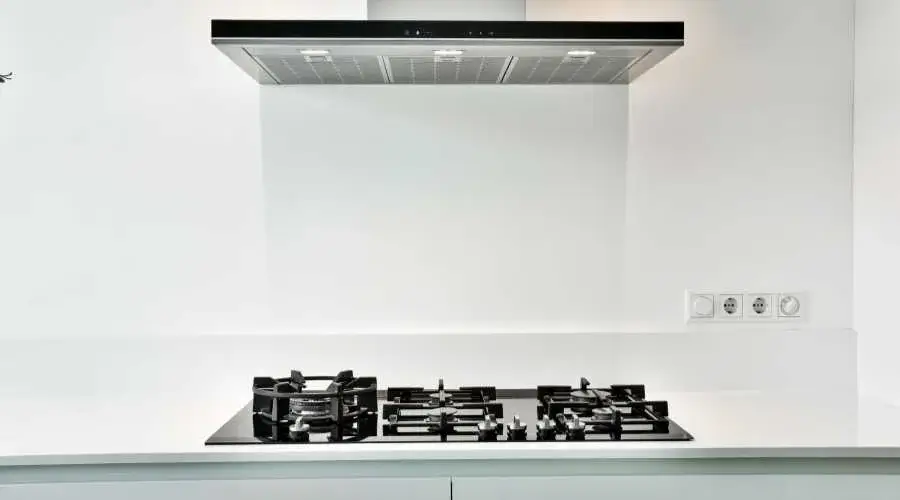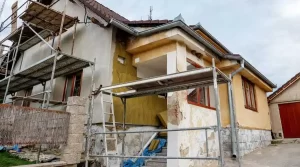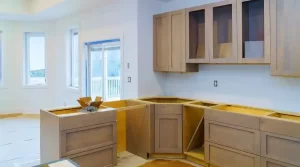When buying a range hood, there are a few things to consider. For one, a range hood shouldn’t be as loud as an airport. Quietness and a decent ventilation system are also crucial.
The intention is to keep residual cooking smells out of your home. Moreover, it prevents the stove’s heat from damaging the walls around it.
Even though it would seem easy, selecting the best range hood involves considering several aspects. These 10 considerations should be kept in mind while buying a range hood.
1. Easy-to-clean filters
Reusable filters that are easy to clean are ideal. They are often made of metal and completely removed to enable sink cleaning.
2. Lower sones number
Choose a range hood with a fan with many speeds or a variable speed control. You may choose how much to pay because of this.
You want the fan to run. For cooking more pungent foods, a faster pace is preferred. Regular cooking on one or two burners should be done slowly.
3. Controls
Pick a range hood with a fan with many speeds or a variable speed control. This allows you to decide at what rate you want the fan to operate. The ideal speed of cooking more pungent items is one with a more incredible speed. Low speed should be enough for everyday cooking on one or two burners.
4. Air Exchange
To circulate the air while cooking properly, your hood fan should run at least 15 times each hour.
To limit noise in the kitchen to a bare minimum, use a range hood with a fan that runs at the lowest sones possible.
5. Kitchen size
To pick the best range hood for your home, you must precisely calculate the cubic feet of your kitchen. Then, get a range hood that fits your kitchen’s size so it can breathe correctly.
6. Stove’s BTU
Make a note of the BTU output of your stove before you purchase the range hood. The first consideration for choosing a range hood that will provide enough ventilation is the BTU output of your stove.
7. Non-Ducted or Ducted
With a clean filter, non-ducted hoods may perform similarly to ducted range hoods by eliminating humidity, heat, grease, and odors. How many feet of ducting are required to vent everything outside this location?
8. CFM Rating
Look for a range hood that will provide enough ventilation. Range hoods are rated in cubic feet per minute (CFM) based on how much air they move.
9. Coverage
Ascertain that the range hood is set up and big enough to cover the stove. It won’t absorb the heat and smells from cooking if it doesn’t hang low enough over the stove. While some vent hoods are made to fit precisely over the cooktop and vent directly up into the ceiling, others are just partially intended to cover the stove. For a big house, they are perfect.
10. Positioning
Mount the range hood between 28″ and 36″ above your cooktop for the most ventilation. Heat will build up if it is too close, and ventilation won’t help. If placed correctly, it will suck heat and odors most effectively.
The primary point to remember is before buying a range hood, professionals advise measuring your kitchen to ensure it has enough ventilation.






